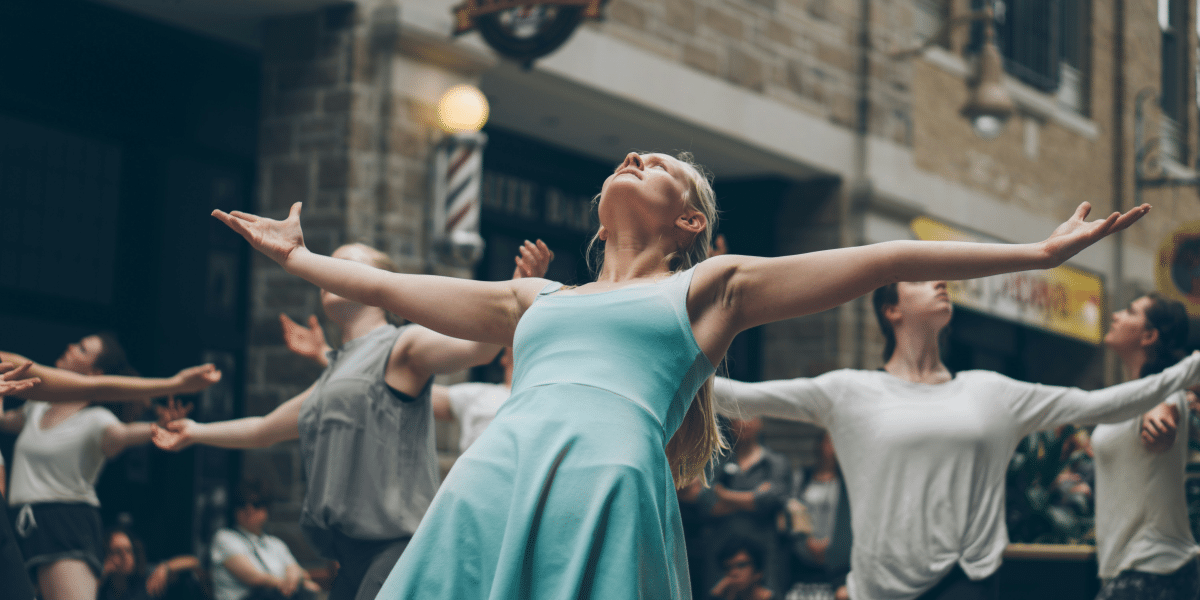Understanding the Use of Bloom in Flashback Shots: Enhancing Cinematic Storytelling
Flashback shots are a common cinematic technique used to convey past events or memories within a narrative. One visual element often employed by cinematographers to enhance the atmosphere and emotion of flashback sequences is known as “bloom.” In this article, we’ll explore why cinematographers use bloom in flashback shots, how it enhances cinematic storytelling, and its impact on the viewer’s experience.
Creating a Sense of Nostalgia and Memory
Bloom is a visual effect that simulates the soft, hazy glow often associated with memories and nostalgia. When applied to flashback shots, bloom can evoke a sense of warmth and sentimentality, transporting viewers back in time to relive significant moments in the character’s past. Whether it’s a fond childhood memory, a bittersweet love story, or a traumatic event, bloom adds a dream-like quality to flashback sequences, making them feel more intimate and emotionally resonant.
Establishing Visual Contrast and Separation
In addition to creating a nostalgic atmosphere, bloom can also help cinematographers establish visual contrast and separation between past and present scenes. By applying bloom selectively to flashback shots, cinematographers can differentiate them from the rest of the film, making it clear to viewers that they are witnessing a shift in time or perspective. This visual cue helps to guide the audience through the narrative and adds clarity to complex storytelling techniques such as nonlinear timelines or multiple points of view.
Enhancing Cinematic Aesthetics and Style
Bloom is also used by cinematographers to enhance the overall aesthetics and style of a film. Depending on the artistic vision of the director and cinematographer, bloom can be subtle and understated or bold and dramatic, adding visual interest and depth to flashback sequences. Whether it’s a soft, ethereal glow enveloping the frame or a radiant burst of light illuminating the scene, bloom can evoke a sense of wonder and beauty that enhances the cinematic experience for viewers.
Conveying Emotional Intensity and Impact
In addition to its visual effects, bloom can also convey emotional intensity and impact in flashback sequences. By accentuating the softness and warmth of the light, bloom can heighten the emotional resonance of key moments, amplifying the feelings of joy, sadness, longing, or regret experienced by the characters. Whether it’s the glow of a sunset on a summer evening or the soft light of a candle in a darkened room, bloom can evoke powerful emotions that resonate with viewers on a visceral level.
Evoking Subjective Perception and Memory
Bloom is often used in flashback shots to evoke the subjective perception and memory of the characters. In real life, memories are often tinged with emotion and subjectivity, colored by the individual’s personal experiences and feelings. Bloom simulates this subjective perception by imbuing flashback sequences with a dream-like quality that reflects the character’s emotional state and perspective. Whether it’s the soft focus of a romantic encounter or the harsh glare of a traumatic event, bloom can convey the character’s inner thoughts and feelings in a visual and evocative way.
Reinforcing Narrative Themes and Motifs
Finally, bloom can be used by cinematographers to reinforce narrative themes and motifs throughout a film. Whether it’s a recurring motif of light and shadow, a thematic contrast between past and present, or a symbolic representation of memory and nostalgia, bloom can help to visually communicate these themes to the audience. By incorporating bloom into flashback sequences, cinematographers can enhance the overall coherence and resonance of the film, adding depth and meaning to the storytelling process.
The Timelessness of the Bloom Effect
Bloom is a powerful visual effect used by cinematographers to enhance flashback shots and elevate cinematic storytelling. Whether it’s creating a sense of nostalgia and memory, establishing visual contrast and separation, enhancing cinematic aesthetics and style, conveying emotional intensity and impact, evoking subjective perception and memory, or reinforcing narrative themes and motifs, bloom plays a crucial role in shaping the viewer’s experience and interpretation of a film. By mastering the use of bloom in flashback sequences, cinematographers can create immersive and emotionally resonant cinematic worlds that captivate audiences and leave a lasting impression.










